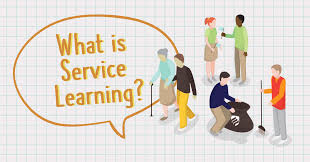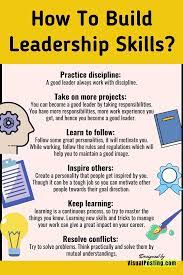Introduction:
In a world where understanding different cultures and the importance of global citizenship is vital, fostering these ideas among children is increasingly important. One service learning project that has grabbed our attention is one that inspires students to become global citizens. Here, we delve into the details of this amazing initiative that combines volunteer work with education and cultural exchange.
The Service Learning Project:
The project brings together students from diverse backgrounds to participate in community-based service activities with an emphasis on promoting global citizenship. Students engage in a range of tasks, such as teaching English to local children, participating in environmental conservation programs, and assisting with healthcare initiatives.
A Holistic Education Approach:
One of the hallmarks of this service learning project is its focus on holistic education. By combining classroom learning with hands-on experience, students gain a deeper understanding of global issues and the impact they can have as individuals. They also develop essential skills like teamwork, communication, and leadership.
Cultural Exchange:
Understanding and embracing different cultures is pivotal to becoming a global citizen. This project allows students to interact with people from various backgrounds, enhancing their cultural competence and fostering respect among participants. Students share their customs, values, and traditions while learning about those of others.
Real-World Experience:
Not only does this service learning project equip students with practical skills, but it also provides them real-world experience they can apply in their future careers or endeavors. It opens up opportunities for networking and connections that may help them achieve their long-term goals.
Creating Lasting Change:
What sets this project apart is its emphasis on fostering long-term change by encouraging students to apply their newfound knowledge and skills beyond the program’s duration. They are encouraged to become agents of change in their own communities, spreading the values of global citizenship far beyond the confines of the project.
Conclusion:
We cannot help but love this service learning project that inspires students to become global citizens. Its focus on holistic education, cultural exchange, and real-world experience is a winning combination that benefits both students and the communities they serve. Most importantly, by fostering global citizens, this project contributes to building a more compassionate and connected future for our planet.




